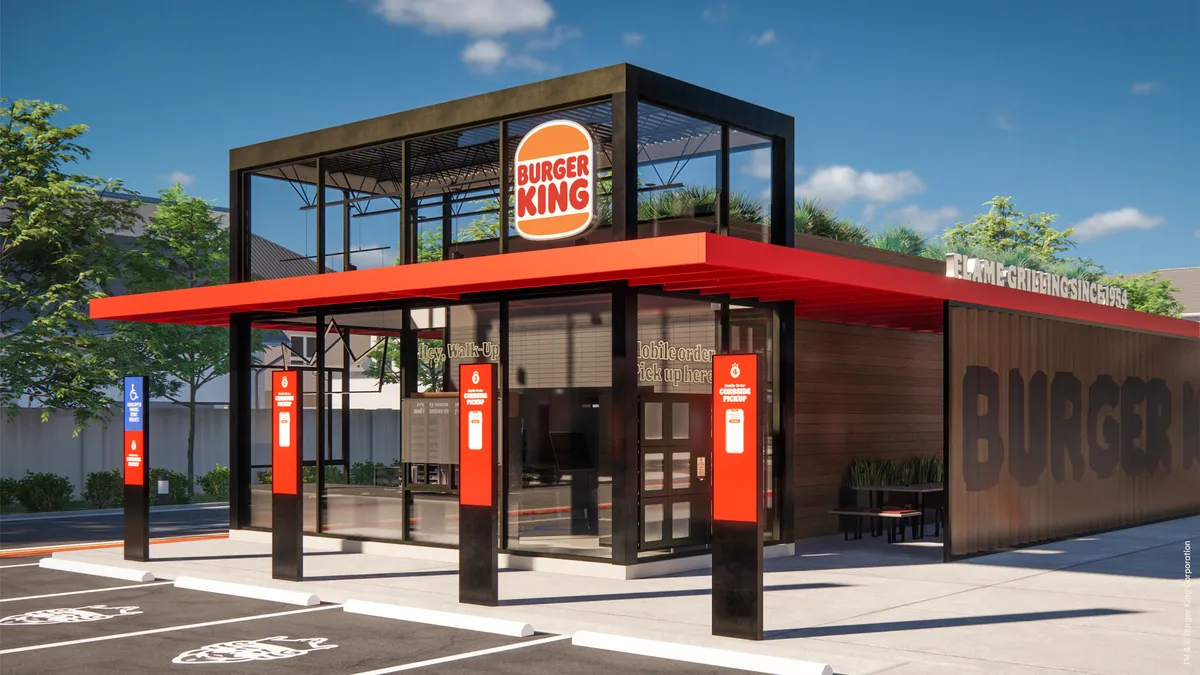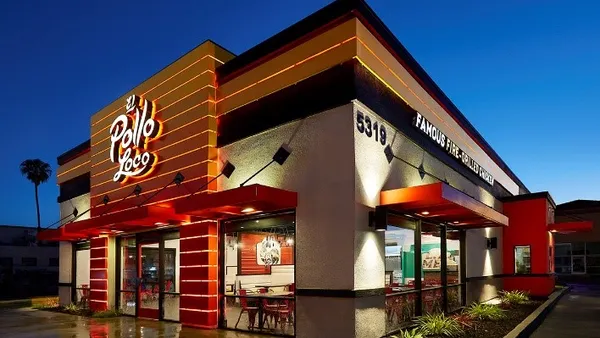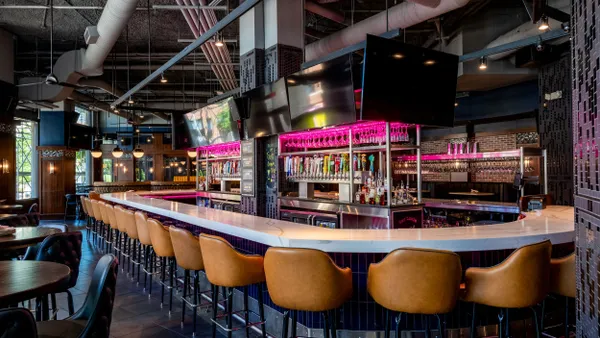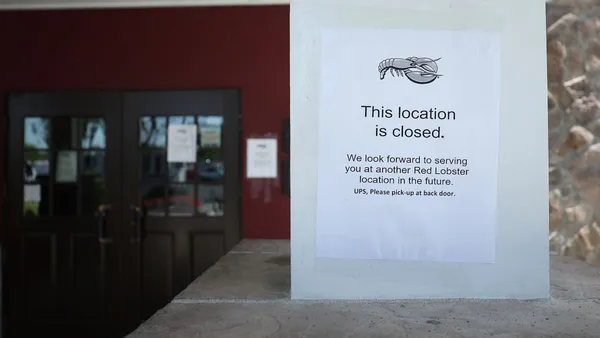Dive Brief:
- Toms King, a Burger King franchisee operating 90 stores across Ohio, Pennsylvania, Virginia and Illinois, filed for Chapter 11 bankruptcy protection this week. The operator cited inflation, decreased labor supply and increased prices for supplies as causes of its financial distress, according to a declaration in support of the company’s Chapter 11 petition submitted by Daniel Dooley, its chief restructuring officer.
- The franchisee requested bankruptcy relief on Jan. 1, according to court documents. Toms King’s owes its creditors about $49 million, roughly $35 million of which is secured debt owed to Bank of America. About half the unsecured amount, $7 million, is owed to Burger King itself with the remainder owed to a variety of landlords, vendors and creditors.
- Experts predict distressed deals could be more common in the restaurant space this year as some weaker franchisees face rising debt and stagnant sales.
Dive Insight:
Some of Toms King’s restaurants remained profitable, despite “recent increases in costs of shipping and food, decreased availability of labor, and inflation,” which Dooley said increased the company’s woes by strangling cash flow. The company is seeking a motion granting the authority to continue paying wages to the Toms King’s roughly 2,087 hourly and 90 salaried employees, according to Dooley’s declaration of support.
Toms King began a financial analysis of its business in July 2022, which led the company to decide to file for Chapter 11 bankruptcy protection as the best option to “maximize the value of ... assets.” Dooley was appointed as chief restructuring officer in November, according to court documents.
Burger King has struggled to regain sales momentum in recent years, which led some ratings agencies to downgrade the credit ratings of major franchisees last summer, according to Restaurant Business. Parent company Restaurant Business International CEO Jose Cil highlighted increased same-store sales during the company’s Q3 earnings call, but noted there is a sales gap between Burger King and unnamed rivals.
To reinvigorate the brand, RBI launched a $400 million initiative to revamp marketing and improve around 3,800 stores. That effort focuses primarily on 800 stores selected on the basis of a high potential return on investment.
While macro-economic pressures have led to a spate of high-profile layoffs in the restaurant tech sector and persistent delays in development, comparatively few major brands or franchisees have declared bankruptcy in recent months. Bertucci’s second bankruptcy, announced in December 2022, was the largest bankruptcy filing for a restaurant brand in recent months. Toms King’s troubles may be a sign that some QSR franchisees have not recovered sufficiently to stay in business, and could herald more trouble.















